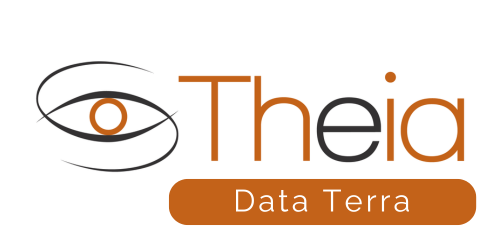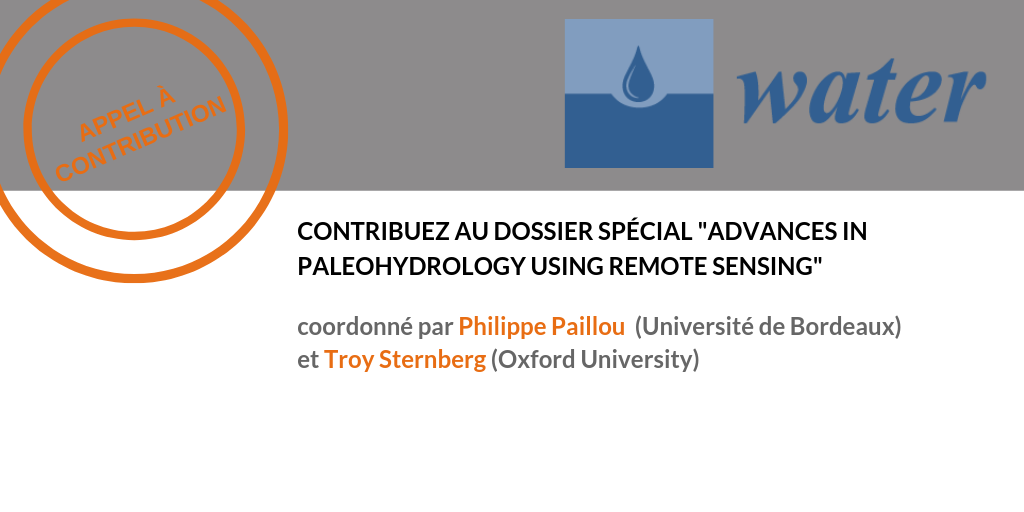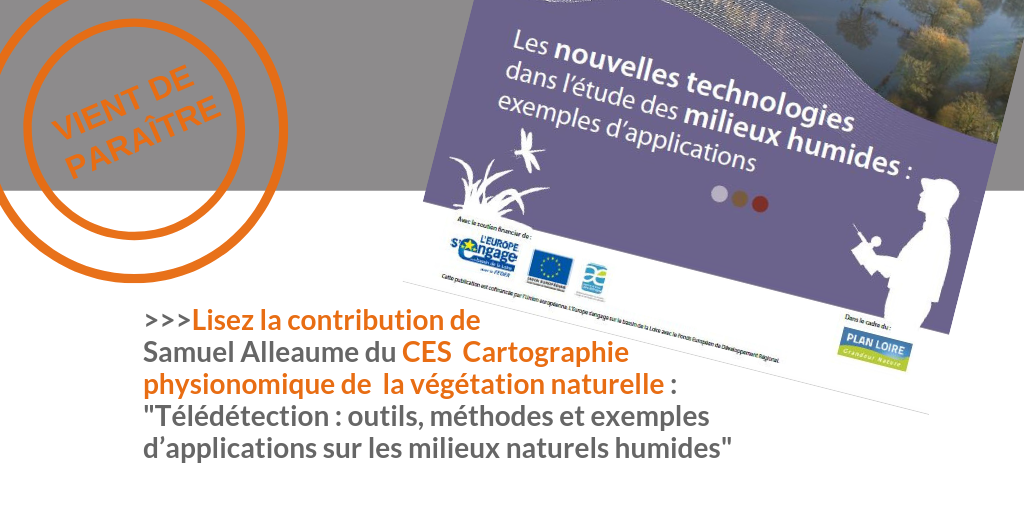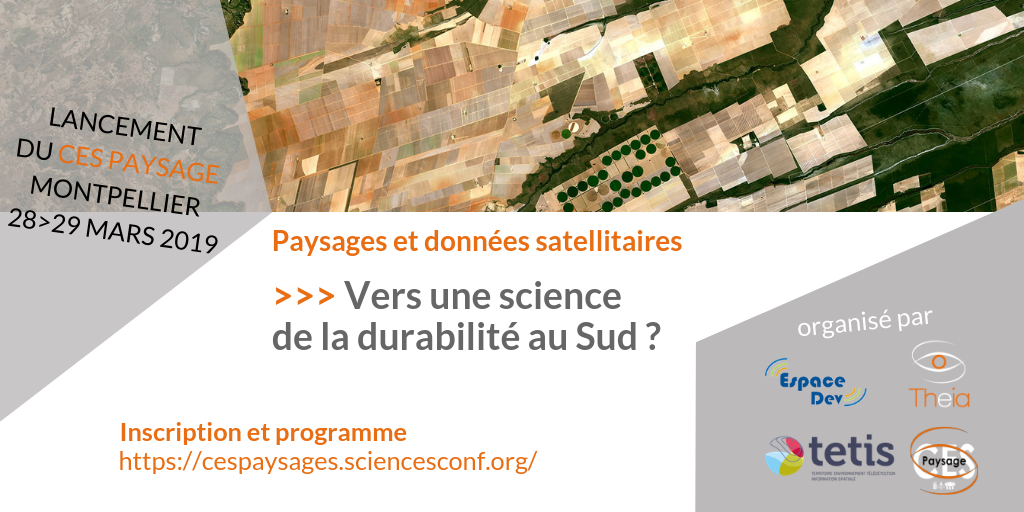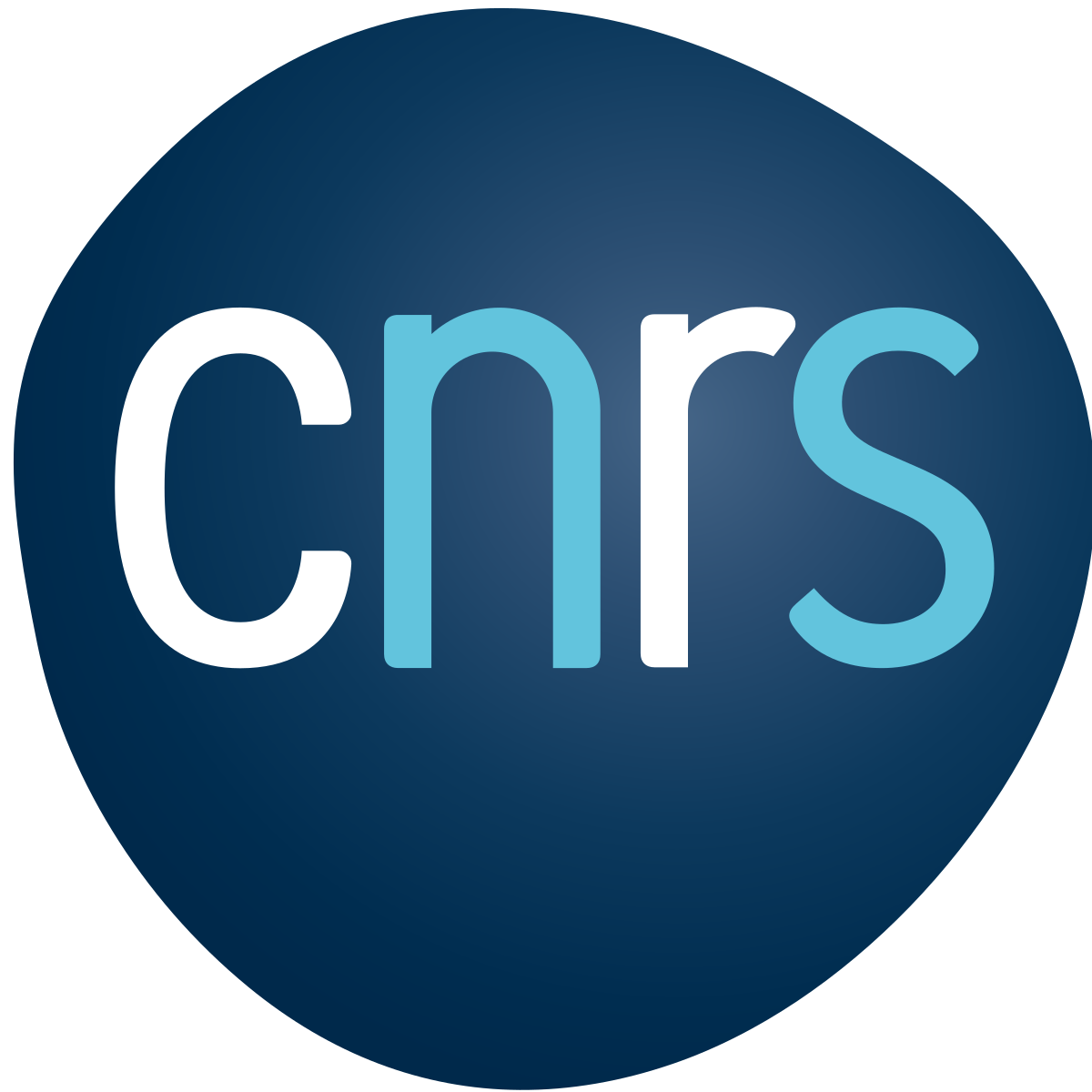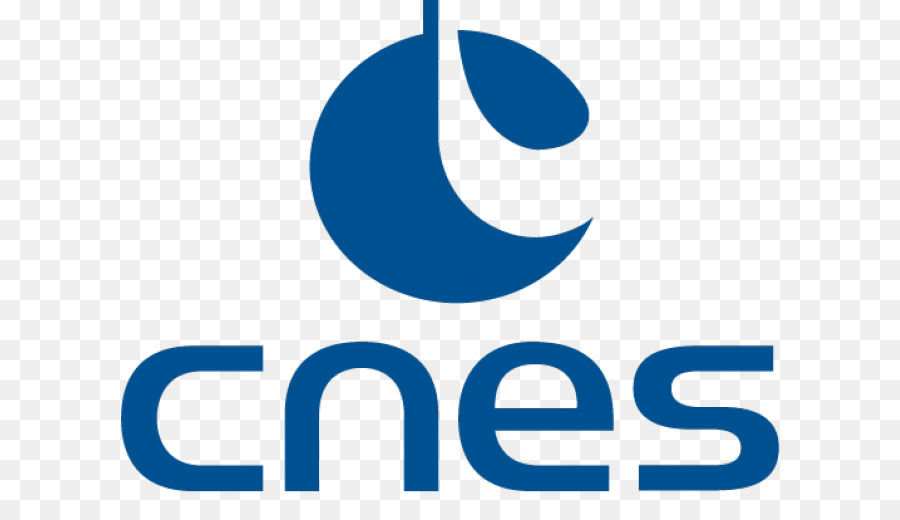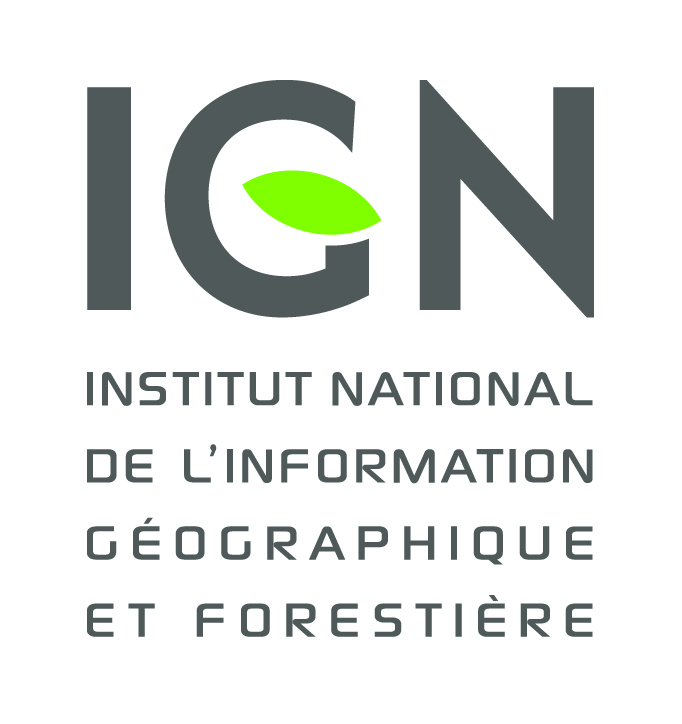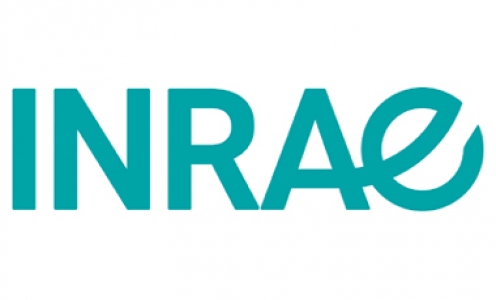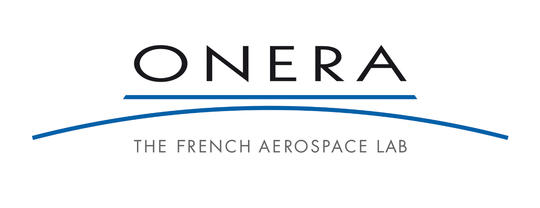[Appel à contribution] « ADVANCES IN PALEOHYDROLOGY USING REMOTE SENSING »
Contribuez au dossier spécial de Water coordonné par par Philippe Paillou (Université de Bordeaux) et Troy Sternberg (Oxford University)
« Paleohydrology is concerned with the study of past hydrologic systems and their change with climate. The present-day geomorphology of deserts and arid lands still contains evidence of the hydrologic history of these environments, when local climate was wetter. Such
evidence, in forms of paleorivers and paleolakes, showing alteration, deposition, and erosion processes, is usually retrieved from field observation, but remote sensing techniques have now matured enough to be able to provide valuable information from space.
In particular, radar remote sensing techniques, which are able to image the near subsurface under dry sediments and can produce accurate topography using interferometry, have demonstrated their capacities to map ancient hydrologic systems in desert regions. In addition to their interest in
understanding the climate history of current arid environments, such studies also provide key information for the prospecting of fossil water resources. »
